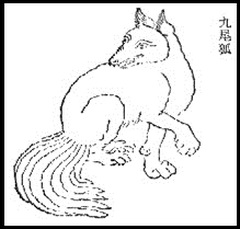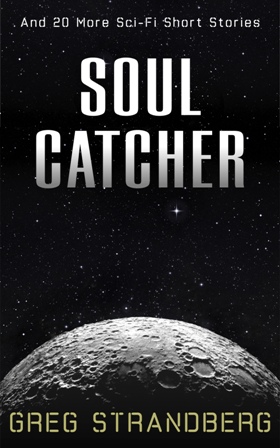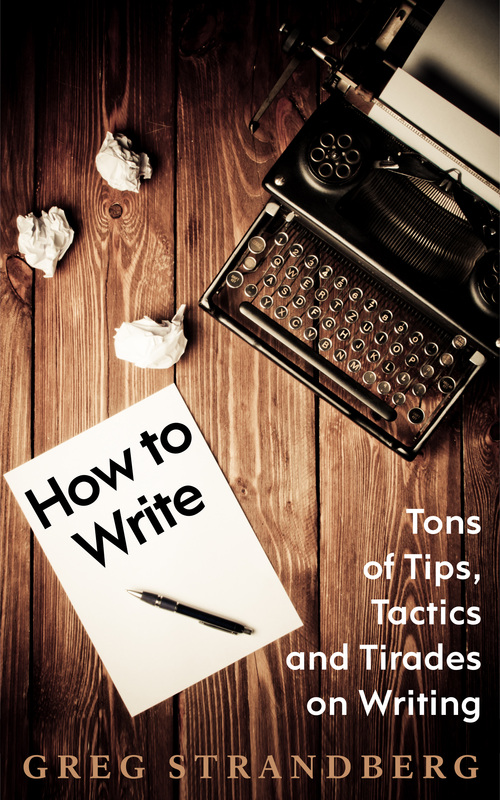
I’m quite amazed with myself for getting it done so fast. I really worked on it a lot each day and went through a lot of different sources on Google Books and other websites. It was a lot of work!
I edited it as I went along, and then edited it again when I was finished. It was those first edits that were a real pain, moving bits here and pieces there, making this puzzle come together on a time long forgotten.
After that I uploaded it and read through the .mobi file. I found quite a few typos that I’d missed and corrected all those. What kinds of things were these? Stuff like “yeas/years” and “they’re/their” were two I shook my head at.
But now it’s done and I’ve got this 45,000-word and 200-page book. You can get it on Amazon for $4.99 until Friday, when I’ll raise the price to $7.99 which is what it’ll be at for some time. It’s up for that price now on Smashwords and should be on iTunes and Barnes & Noble shortly.
I think $7.99 is a good price, and certainly less than what some of the other ancient China eBooks on Amazon are going for.
So what does this book talk about? First, I think it’s perfect for anyone interested in learning the history of China. Next, it’ll really give those wanting to talk about politics some great conversation-fodder. Finally, it just does a better job going over a period that most Chinese history books gloss over in ten to twenty pages.
I’m really excited about it, and here’s what it goes into detail on:
- Ancient Route to China: How did the first people get to China, and when did they get there? We look at the earliest archaeological discoveries to determine when the earliest peoples came up out of Africa and first got to Asia.
- Ancient Geology of China: After talking about how the people got to China we’ll discuss the various geological epochs that occurred, such as the Pleistocene and the Holocene. There are smaller geological events during these larger time periods, such as the Piorra Oscillation, and they contributed to how people moved about.
- Ancient Cultures of China: Where those people moved about determined a lot when it came to their culture. The Hemuda people, for instance, had their lands flooded, something which caused them to make houses on stilts. Other cultures developed unique burial practices with jade.
- Ancient Myths of China: The book goes into great detail on the origin myths of China, such as the Pangu Creation Myth and the Great Flood Myth of Nuwu and Fuxi. We also discuss a lot of the lesser deities as well as some of the demigods that possessed qualities of both gods and humans.
- Wars in Ancient China: There are major battles that took place during these pre-dynastic years in ancient China, and the Battle of Zhuolu and the Battle of Banquan are two. Both were part of a larger three-battle campaign, and we dispel some myths surrounding this period. Later we discuss the Battle of Mingtiao and the Battle of Muye.
- Emperors in Ancient China: The Three Sovereigns and Five Emperors period is a time in ancient China when semi-mythical figures ruled. These included the Yellow Emperor, Shennong, and Emperor Yao. All of them did miraculous things and we discuss it all in great detail.
- The Floods of 2200 BC: China had some serious environmental catastrophes in its day, and we talk about them for dozens of pages. It was a revolutionary time in China, and governments changed because they could not deal with the problems around them. Heroes emerged and we go into their life in detail.
- The Xia Dynasty: From 2060 to 1600 BC the Xia Dynasty ruled. Started by Yu the Great after the floods, this dynasty ruled for nearly five centuries and had seventeen kings. We discuss each and every one of them, culminating in the tyrant Jie that caused his family’s rule to come to an end.
- The Shang Dynasty: With the Shang Dynasty we see the idea of the Mandate of Heaven really come into play. This idea that a ruler had to be benevolent and treat his people well was always present, but it gained traction as rulers became more corrupt. There were thirty Shang kings and they ruled form 1600 to 1046 BC. They lost their way in the end, allowing the Zhou Dynasty to rise from their ashes.
- The Zhou Dynasty: This book just touches on the Zhou Dynasty with the last king of Shang, Da Xin. He was a ruthless tyrant whose wife was Daji was possessed with an evil nine-tailed fox spirit. This was believed at the time, and one of the leading military strategists of ancient China, Jiang Ziya, finally had her killed…we think.
If enough of you buy this book at the discounted price it’ll get a nice boost in the rankings and hopefully get on the Top 100 charts for ancient history and Chinese history.
That’s the idea, but I’m not too worried if it doesn’t happen. This book is quality, as you just saw. It’ll have a nice shelf-life and I’ll enjoy sales on it each and every month for…well, probably the rest of my life and maybe long after if I can set up my will and such right.
But that’s for another day. Until then, enjoy reading about these kings and tyrants, these emperors and slaves. The book’s full of amazing stories, and I know you won’t be disappointed.












































































 RSS Feed
RSS Feed